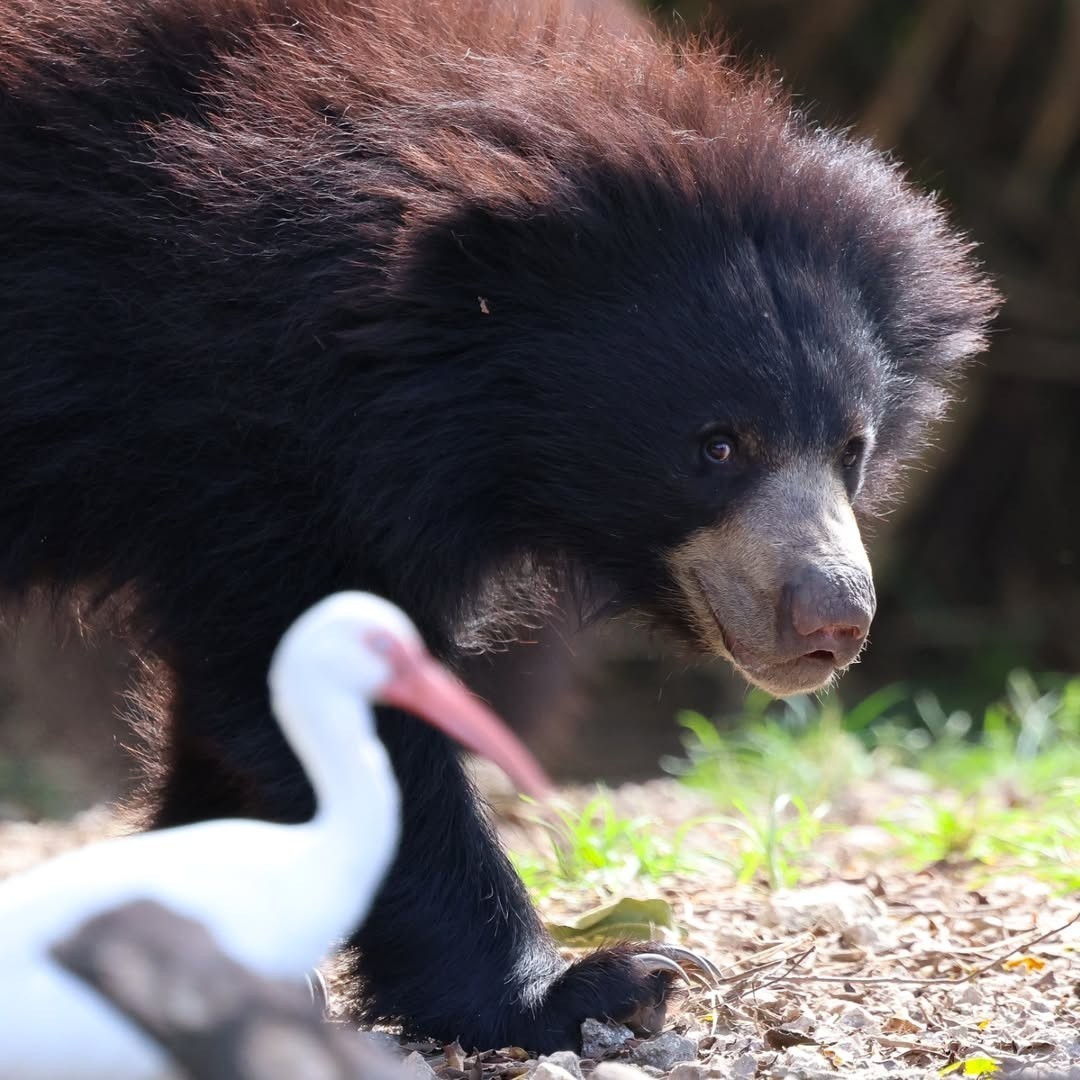- The significance of photobombs in wildlife photography and how they gain attention.
- The role of zoos in animal behavior observation and public engagement.
- Insights into bear and flamingo behavior, their interaction in managed habitats.
- Contributions of wildlife photography to conservation and education.
- Strategies for balancing wildlife photography ethics with conservation goals.
In the digital age, wildlife photography has captured the imaginations of many by providing an intimate glimpse into the lives of animals and their habitats. The concept of the "best photobomb ever" stems from these unexpected, candid moments that resonate with audiences. Such photographs garner attention not only for their humor or surprise but also because they serve as unique gateways for learning about animal behaviors and interactions. One such viral instance of a wild bear seemingly photobombing a flamingo at a zoo by Anthony Ceccarelli offers a fascinating opportunity to dig deeper into various aspects of zoology, zoo management, and wildlife conservation.
Photobombs, in the context of wildlife photography, bring to light moments that might otherwise go unnoticed. They highlight the unpredictability of animal behavior and provide opportunities to engage the public. In recent years, these viral images have acted as catalysts for discussions on animal behavior, habitats, and the interconnection between species. When a photobomb involves animals, the humor and curiosity it incites can drive interest in scientific inquiry and wildlife advocacy. Zoos have capitalized on this phenomenon to foster interest in conservation efforts, enhance public education about species conservation, and create experiences that encourage visitors to learn more about the animals they observe.
Zoos play a critical role in animal behavior observation and engaging the public. As controlled environments, zoos provide opportunities for both in-depth scientific research and accessible public education. They facilitate understanding of various wildlife species, showcasing how these creatures interact with each other and adapt to different environments. Researchers and zoo staff work diligently to study behavioral patterns, breeding habits, and ecological needs. Public engagement is equally crucial, as zoos aim to inspire interest and empathy for wildlife through interactive exhibits and educational programs. The photograph of the bear and flamingo is more than just a humorous moment; it represents these dual objectives of research and education. It illustrates the unpredictable nature of animal behaviors in well-managed habitats and invites the public to question and learn more about these species.
Bears and flamingos are two distinct species with unique behaviors and ecological roles, both in natural and managed environments. Bears, particularly North American species, are known for their solitary nature, opportunistic feeding habits, and impressive adaptability. On the other hand, flamingos are social wading birds known for their colorful plumage and synchronized group behaviors. When housed within a zoo setting, these species provide insights into adaptation and interspecies dynamics. A bear approaching the lake meant for flamingos might indicate curiosity, environmental enrichment, or simply an unintended interaction spurred by shared space. Such scenarios are carefully monitored to ensure the wellbeing of all animals involved. Understanding these interactions helps refine zoo management practices, ensuring that habitats are secure and animals are comfortable.
Wildlife photography, particularly capturing rare or unexpected moments, aids conservation and education efforts in innumerable ways. It brings the plight of endangered species into the public eye, often sparking conservation campaigns or funding for research and preservation initiatives. Photos like the bear-flamingo encounter present an engaging narrative that helps bridge the gap between the public and conservation communities. They motivate stakeholders to invest in preserving natural habitats and supporting species conservation programs. Furthermore, wildlife photographs extend their educational reach through online platforms, exhibitions, and publications, further magnifying their impact on public consciousness and policy discussions surrounding wildlife protection and ethics.
However, balancing ethics in wildlife photography with conservation goals remains a complex but crucial task. Photographers and conservationists must work closely to ensure that images are captured responsibly, without disturbing the natural behaviors or habitats of the animals involved. Ethical photography practices enhance the authenticity and educational value of wildlife images while respecting the animals’ space and needs. The ultimate aim is to foster appreciation and understanding of the natural world, without compromising the welfare of the species photographed. Photographers have a responsibility to stay informed and make decisions that align with conservation principles, promoting sustainable interactions with wildlife.
In essence, the resonance of the "best photobomb ever" exemplifies a modern intersection between entertainment, education, and conservation. These photographs not only capture social media attention but, more importantly, support broader ecological and educational initiatives. Through ongoing collaboration between photographers, zoos, and conservationists, such moments can transcend their viral status to serve as enduring reminders of our shared responsibility to protect wildlife and the habitats they rely on. By fostering interest and engagement, we lay the groundwork for more informed and active participation in conservation efforts worldwide.
*****
Source Description
Best photobomb ever? 🐻🦩
📸: @anthonyceccarelli


